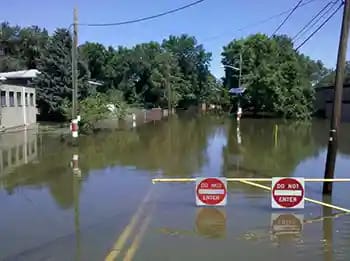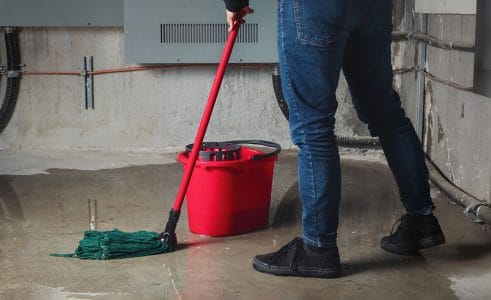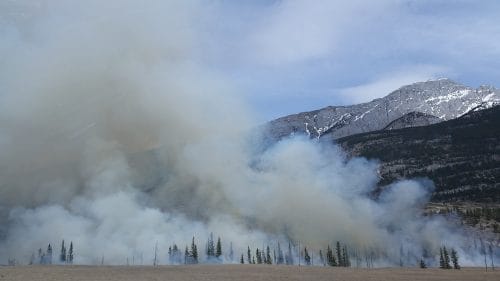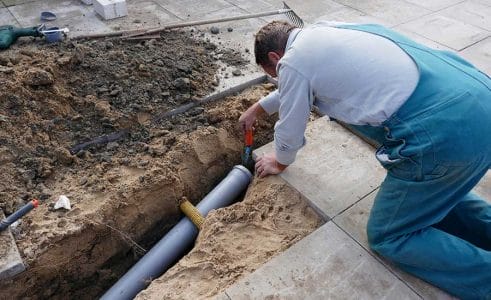Flood Preparedness

Floods are the most common natural disaster in the United States. In the last five years, all 50 states have experienced flooding, so it’s important to be prepared in case a flood does hit.
What to Do Before a Flood
It’s important to prepare in advance for potential floods, as they can occur suddenly and without much warning, leading to significant damage and disruption.
From building an action plan to investing in flood insurance and beyond, here’s what you can do before a flood strikes:
1. Create a Flood Action Plan
The first step you should take to prepare for a flood is to create an action plan for you and your family.
A flood action plan should include:
- Contact details of your family members and friends (personal cell phones), workplaces, schools, babysitters, and utility companies
- Important documents of birth certificates, social security cards, insurance policies, photos of your property (for insurance purposes), and any necessary documentation or licensing for pets, including their latest photos
- Flood evacuation plan: Severe flooding may force you to leave your home, so you need to have an evacuation plan in place. This should include at least two evacuation routes, transportation plans, and places to stay.
- Emergency kit: An emergency kit should contain enough supplies to keep you and your family safe in case you get trapped or injured. It should include enough water and food for at least three days per person, a communication device, flashlights, and spare clothes, among others.
2. Purchase Flood Insurance
You can purchase flood insurance separately from your homeowner’s insurance. It’s the only type of insurance that will cover your home and possessions in case of flood damage.
In locations considered as “high risk” for flooding, flood insurance is often mandatory.
The cost of flood insurance varies depending on where you live, as some areas of the country are more affected by flooding comapred to others.
Even if you don’t live in an area where flood insurance is mandatory, with the average cost of damage from flooding being $43,000 per property, it’s a good idea to research your options and consider whether the investment could be beneficial to you.
Most flood insurance policies have a 30-day waiting period, so it’s best to get your coverage in place before the flood risk is raised.
Different insurers offer different levels of coverage. For example, the National Flood Insurance Program (NFIP) provides insurance of a maximum of $250,000 for the structure of your home and $100,000 for your contents.
Other private providers offer policies that may provide different levels of coverage, so it’s advisable to shop around for the best option that suits your property.
The Federal Emergency Management Agency (FEMA) categorizes different parts of the country within “flood zones”:
- “A” zones are one of the most hazardous flood zones to live in. These properties are usually located near a body of water. If you live in an A Zone, you’re legally required to get flood insurance.
- “V” zones are also hazardous. Properties in a V Zone are usually in first-row beachfront locations. As with A Zone properties, you’re legally obliged to get flood insurance if you live in a V Zone.
- “X” zones are the areas least threatened by flooding. You don’t have to get flood insurance if you live an X Zone, but it might still be worth considering.
- “D” zones are unknown. These areas haven’t been studied, but, as with any part of the United States, flooding is possible.
While flood insurance is the only type of insurance that specifically protects you from flood damage, some types of insurance might give you limited coverage if your home is damaged by flooding, while others will not provide any coverage.
Read the fine print of your existing insurance policies to find out more.
.jpg)


